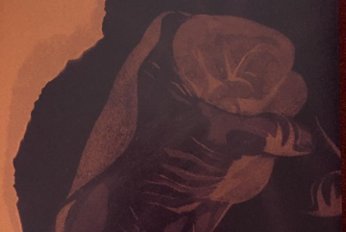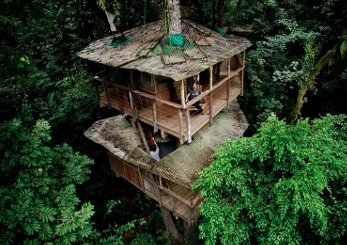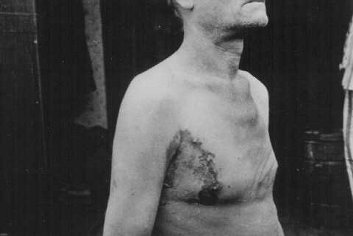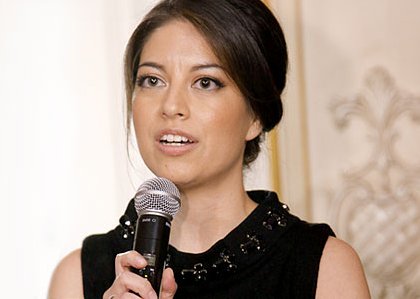Only half of the population perceived as disabled would also describe themselves in that way. This discrepancy reveals that most people focus on the deficits of the handicapped instead of their abilities. Andreas Heinecke, founder of Dialogue Social Enterprise, gave his initiative two dimensions, called the Dialogue in the Dark and Dialogue in Silence exhibitions. In the first exhibition, blind guides lead visitors through a completely dark environment where one learns to interact by relying on other senses. The blind guides show them that their world is not poorer but simply different. Since 1988 Dialogue in the Dark has been presented in more than 31 countries and 127 cities throughout Europe, Asia and America. More than six million visitors worldwide have experienced the exhibition so far, while it has employed thousands of blind individuals. Dialogue in Silence is an exhibition that invites the visitor into a world of silence. Here, deaf guides lead small groups of visitors, creating a reversal of roles: hearing people discover their repertoire of non-verbal expressions used to communicate creatively via mime, gesture and body language. Deaf people, already competent in these skills, support the process and become ambassadors of a fascinating universe without sound. First presented in Paris in 2003, Dialogue in Silence has since opened in ten countries, with more than 210,000 people having visited the exhibition. In addition to these two exhibitions, DSE also creates business workshops to improve the quality of human interactions. The underlying paradigm is derived from philosopher’s Martin Buber’s work, “The Principles of Dialogue”, which states that their is only one way through which one can learn anything: encounter. 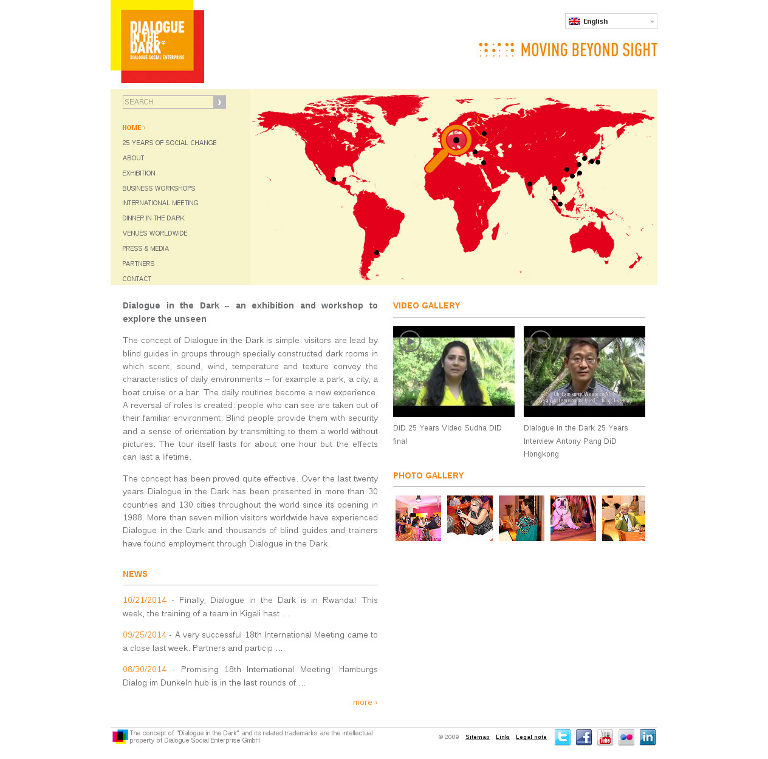 Web site: http://www.dialogue-in-the-dark.com/ Silence in Hambourg Soundproof Another culture’s silence
Web site: http://www.dialogue-in-the-dark.com/ Silence in Hambourg Soundproof Another culture’s silence
How about going blind
![]()
STAY IN TOUCH
SUBSCRIBE TO OUR NEWSLETTER
AND RECEIVE OUR LATEST STORIES
OLBIOS NETWORK FOR ACTION


